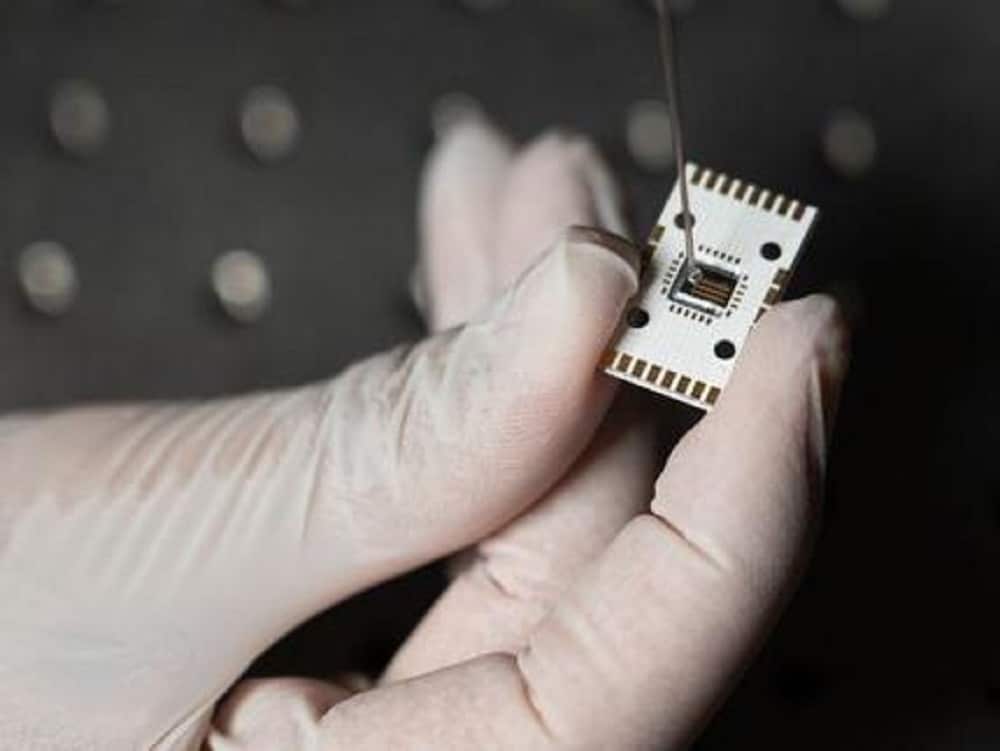TU Wien, one of the major universities in Vienna, Austria, has developed a fingertip-sized chip that can analyze the content of liquids a just a few seconds. This “lab on a chip” could have tremendous applications for example in the pharmaceutical industry.
The researchers have developed a specific kind of sensor chip that utilizes infrared technology to benefit from its more sensitive properties. The chip can, therefore, in a very accurate way, determine the concentration of molecules present in the liquids in just a fraction of a second.
The scientists released their results in the scientific journal Nature Communications.
According to Borislav Hinkov, head of the research project from the Institute of Solid State Electronics at TU Wien,
“To measure the concentration of molecules, we use radiation in the mid-infrared spectral range. This is a well-known technique: molecules absorb specific wavelengths in the mid-infrared range, while other wavelengths are transmitted without attenuation. Thus, different molecules have their very specific “infrared fingerprint”. By accurately measuring the wavelength-dependent absorption strength profile, it is possible to determine the concentration of a particular molecule in the sample at any given time.”
The biggest advancement lies in the size of the chip which is as big as a finger. This means that only a few microliters of liquids are needed to get a measurement. Before, we had to take a sample and go to a lab for analysis. Now, with this lab on a chip, the measurements can be obtained in real-time.
Diverse Applications
The chip can have many various applications, wherever there is the need to monitor the dynamics of chemical reactions in liquids. It can be used, for example, to observe thermally induced structural changes of proteins. It can also enable real-time analysis of chemical reactions in pharmaceutical drug production or in industrial manufacturing processes.










